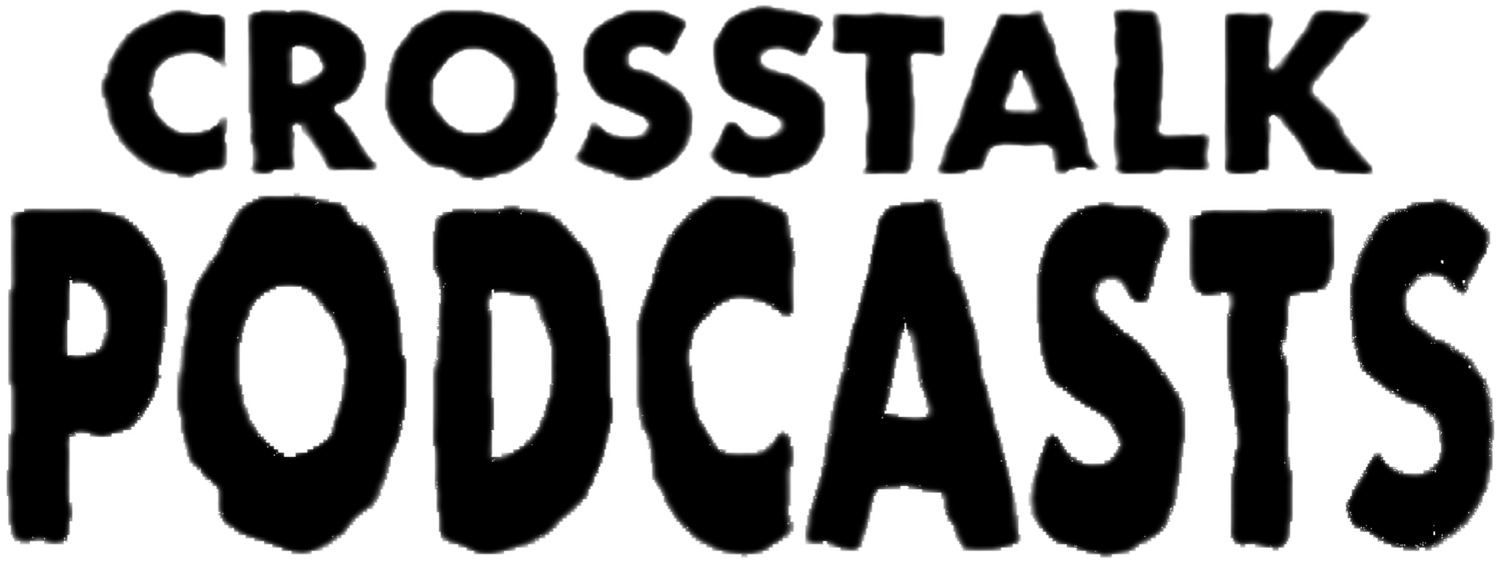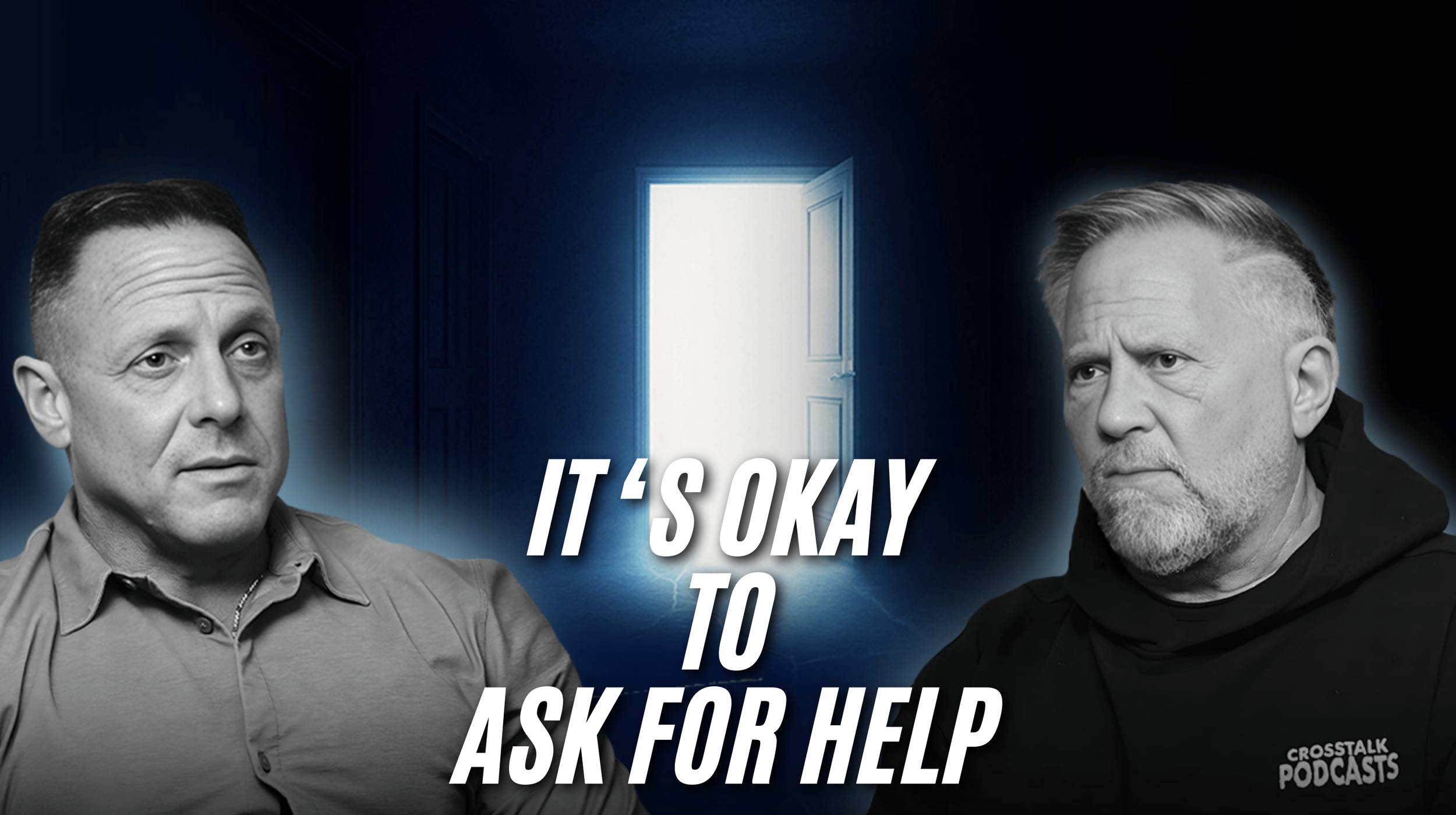One Too Many, a Thousand Never Enough: Confessions of a Recovered Addict | Ernie D.
Listen or watch on your favorite platforms
Ernie’s journey through addiction and recovery spans decades, from his early days as a bright kid in Queens to his struggles with pills, alcohol, and the illusion of "cool." In this raw and revealing episode of Crosstalk, he shares how he hit multiple rock bottoms, switched addictions, and finally found lasting sobriety. His story is a testament to the power of honesty, community, and the hard work of recovery.
What Things Looked Like Growing Up
Ernie grew up in Queens, New York, raised by a single mother after losing his father at just one year old. As an only child, he didn’t realize the impact of his father's absence until later in life. "It's the only thing I know," he explained, brushing off others’ sympathy with a mix of honesty and quiet resilience. From a young age, he yearned to fit in, to be seen as cool. Whether it was trying to dodge the “weird kid” label or making his mom promise not to fight his battles, Ernie was already trying to control how others saw him.
Despite coming from modest beginnings, Ernie’s exceptional intelligence earned him a full scholarship to an elite prep school in Manhattan. There, he was suddenly immersed in a world of doormen, 21-room apartments, and luxury brands like Gucci and Fendi, a far cry from his working-class roots. “I loved it all,” he admitted. And in trying to belong, he began imitating the lifestyle, slowly blending in with the crowd that would later influence his path into addiction.
First Time Using a Substance or Engaging in Behavioral Addiction
By age 12, Ernie had started experimenting with pot, but it wasn’t until high school that the real descent began. A shared pint of cheap wine with classmates was his first taste of how substances could change how he felt. He quickly moved to pills, barbiturates like Seconal which provided the calm and escape he craved. "Pills didn’t smell, they were easier to hide,” he recalled. With each pill, he built a new version of himself, one that didn’t feel like an outsider.
The SeeSaw or Active behavioral addiction
Ernie’s addiction spiraled as he juggled high-functioning roles with deepening substance use. In his words, he became a “human seesaw,” swinging between downers and stimulants just to feel level. He justified his drug use by pointing to people who used more, chasing the illusion of control. “I thought I was better at everything high. I was sharper, funnier, more confident.”
As he transitioned into adulthood, so did his substances — fashion school turned to Quaaludes, and pills were replaced or supplemented with alcohol. Eventually, what started as a glass of wine before dinner became a bottle... for himself. He masked it with success, nice clothes, and charm. But inside, he was unraveling.
Hitting bottom
Ernie hit multiple bottoms. Pills. Coke. Alcohol. But one moment stands out, trying to order alcohol on the phone while slurring his words so badly the delivery guy couldn’t understand. “He hung up on me,” Ernie said. “And I called back. And he hung up again. That’s when I knew something was really wrong.”
Another bottom? Waking up after a night of pills and vodka, alone, with the haunting possibility that he could have died. That story, retold by a call girl to another addict who ended up in Ernie’s recovery group, exposed his lie and cracked him open. “You’ve been lying to all of us,” they told him. That moment shattered his denial.
Getting help
The truth finally caught up with Ernie, and with the help of a fellow group member who paid for his treatment, he entered a 28-day program at Saint Mary’s. It was the moment he stopped trying to control his life and surrendered to the process of recovery. “I used to go to meetings to learn how to drink and use safely,” he said. “But I was just sick. I have a disease of more.”
His mom, always by his side, supported him through it all. And Ernie, who had once passed out in meetings with cookies on his tie, began to truly show up, clean, sober, and willing.
What Things Look Like Today
Today, Ernie has 41 years sober. He still goes to meetings, not because he has to, but because he loves to. He has rebuilt his life with humility, purpose, and joy. He can laugh at himself and tell his story with raw honesty because he knows it might help someone else.
“If you put down what’s causing you pain,” he says, “your life can change. It really can. But every time you go back out, the bottom gets lower.”
Ernie’s story reminds us that no matter how smart, successful, or composed someone may seem, addiction can still take hold. But more importantly — recovery is always possible.
FAQs
What are common signs of addiction early on?
Feeling the need to hide use, chasing emotional escape, and needing more to feel the same effects are common early signs.How do people typically transition from pills to alcohol or other substances?
Often through substitution — replacing one substance with another in the belief it’s safer or more socially acceptable.Can someone function normally while addicted?
Yes, many people are high-functioning while in active addiction, masking it through performance or charm.What does hitting “bottom” mean?
It’s the point where someone realizes they can’t continue as they are — emotionally, physically, or spiritually.How long does it take to recover?
Recovery is lifelong, but major changes in mindset and health can begin within the first 30-90 days of getting help.
Related episodes
ABOUT CROSSTALK
CROSSTALK reveals real stories of everyday people and notable figures, sharing their journeys from struggles to life-changing 'aha' moments with all kinds .


 Spotify
Spotify














